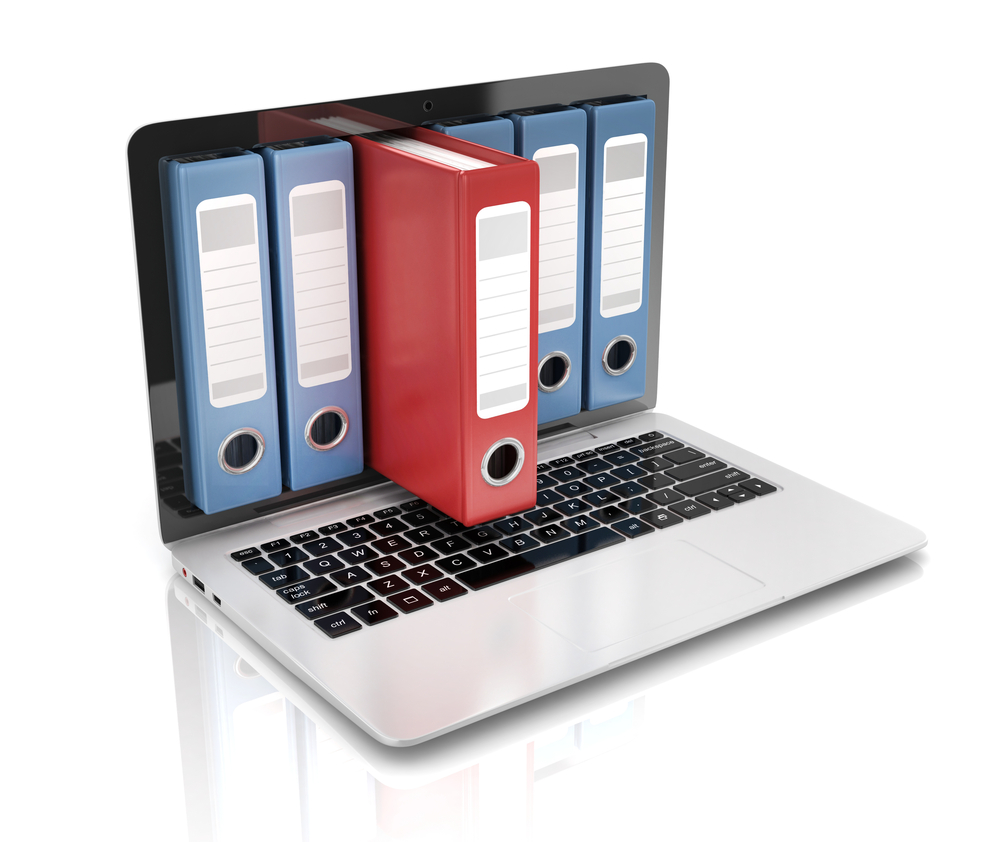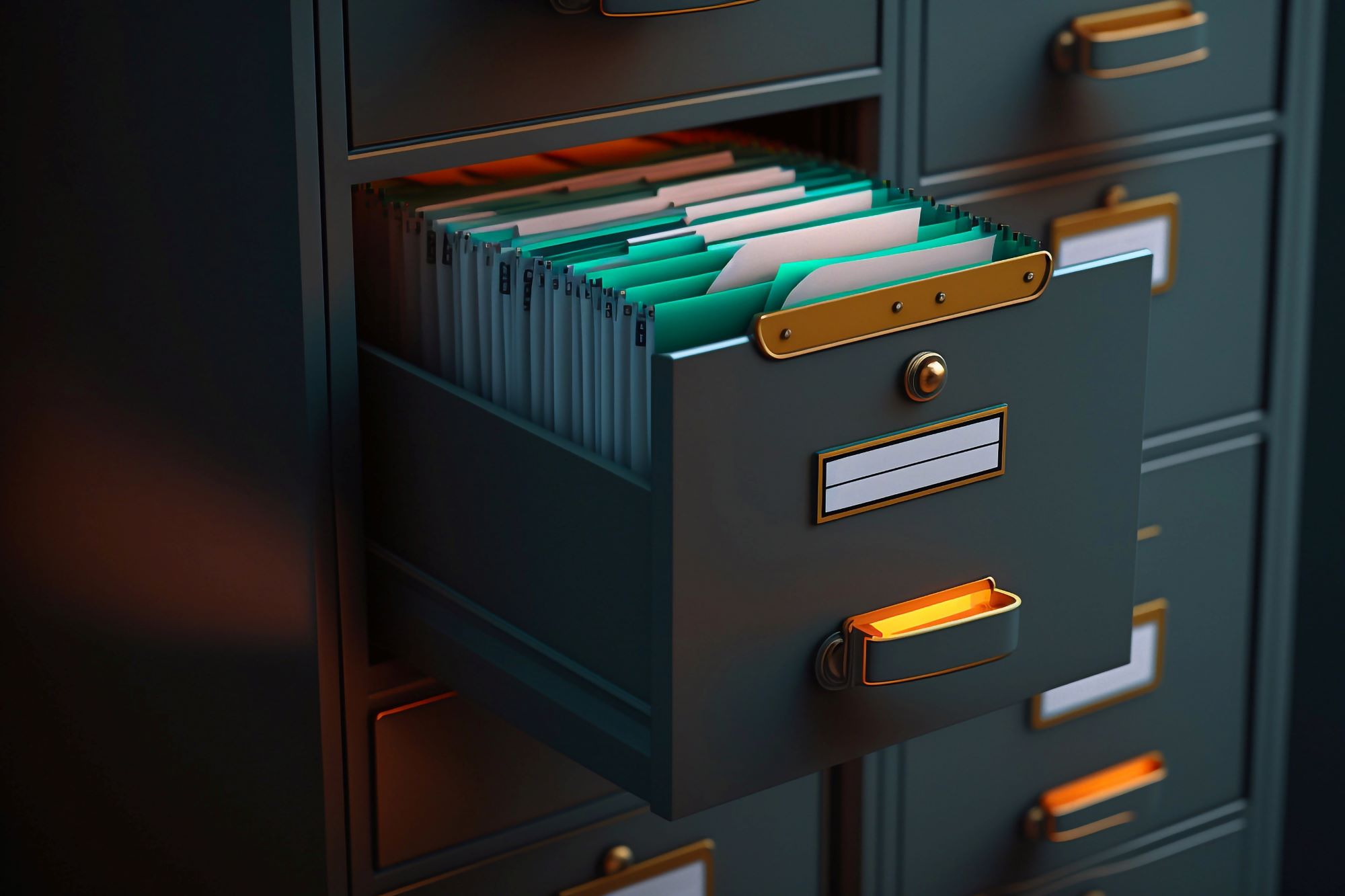It is imperative for all businesses to be able to handle a large volume and a wide range of paperwork effectively. When dealing with documents, it is crucial to set up your workstation and folders in an organized manner that fosters business performance and boosts efficiency. It will be nearly unattainable to get things accomplished at your business if you are unable to arrange your documents. Small offices frequently become overloaded with unnecessary paperwork, including transaction statements, whether stored online or in hard copy format.
Businesses should adopt a standard format for online storage and take a strategic approach to offline storage so your workspace is clear and uncluttered and you can easily find and maintain your your business documents. For instance, you can invest in low-code app development since it’s a better way to keep track of records than the traditional filing cabinet.
Aside from that, there are also simple initiatives you can execute to organize the paperwork in your freshly designed office. By doing so, you’ll be able to stimulate productivity. This is what this article is all about, so read on.
 1. Get Rid Of Unnecessary Paperwork
1. Get Rid Of Unnecessary Paperwork
To reduce the amount of clutter in your workspace, store what you can online and consider implementing an organized filing system and disposing of unnecessary papers through recycling or shredding. Place a small recycle bin or shredder basket nearby to make the process easier. Regularly removing extra papers and files can help maintain a tidy work environment and prevent potential hazards such as trips or fires. For important documents that need to be disposed of, consider scanning them with document scanning software and saving them as Portable Document Format (PDF) files before discarding them.
2. Establish A Clear Framework For Paperwork Management
Design a strategy for managing office paperwork that you and everyone in the office should adhere to. It is expected to describe how paperwork moves through the main office, starting with business mail delivery in the early morning hours. The process finalizes with data entry into the workstation’s computer database and recycle bin.
3. Categorize Each Document
To guarantee that your essential documents are stored efficiently and systematically, set up a filing cabinet or online storage folder with larger sections for different types of documents. In that cabinet or folder, you can store binding agreements, financial statements, contractual obligations, receipts or utility bills, and client information papers. You can further categorize each section into subtypes, like reports, letters, and other categories, based on each client. By using a layered sorting technique, you can easily access and safeguard important documents. Plus, consider creating electronic records of materials you intend to keep for future use.
4. Adopting A Chronological And Alphabetical Arrangement
Certain documents are date-stamped and tagged to track organizational measures and recommendations. Look into categorizing each piece of paper in order of occurrence after sorting it by class and subclass. For instance, if you organize the paperwork by a customer, try arranging dated records from the latest to oldest so that the most current documents are at the very top of the list.
If you want to see the customer’s historical events, you can sort the records from oldest to newest. You can categorize undated papers based on their value or frequency of use. Subsequently, consider alphabetizing the documents before putting them in the appropriate filing area. You can sort by the customer’s name or essential categories such as bills or reports here.
5. Make Sure That The Files Are Well Labelled
You can quickly access your desired folder by labelling your paperwork categories. Offline folders contain paper, so you can create personalized labels and effortlessly produce single-label stickers with label makers. This tool is handy for adding new titles to existing ones or labelling an organizing unit or cabinet. However, if your documents are stored online, use naming conventions so a search will quickly find the document you need.
Having an organized space means an organized mind. So, if your files are well labelled, you can guarantee your productivity will also rise. Keeping documents organized and desktop clear will make researching and collecting files more accessible.
Conclusion
A structured workplace encourages efficiency, aids in concentration, and boosts output. Standardized regulations are required to ensure all staff are on the same page while organizing paperwork. Even if rules are in place, think about scheduling monthly maintenance sessions because it might be simple for files to accumulate during peak times. Your office’s efficiency may directly relate to its setup and organization. If you don’t have a consistent filing structure, your business documents and folders, in particular, risk becoming a chaotic nightmare. You have several options for arranging the documents and folders you have in a helpful way so that you and the employees can retrieve documents effortlessly.


